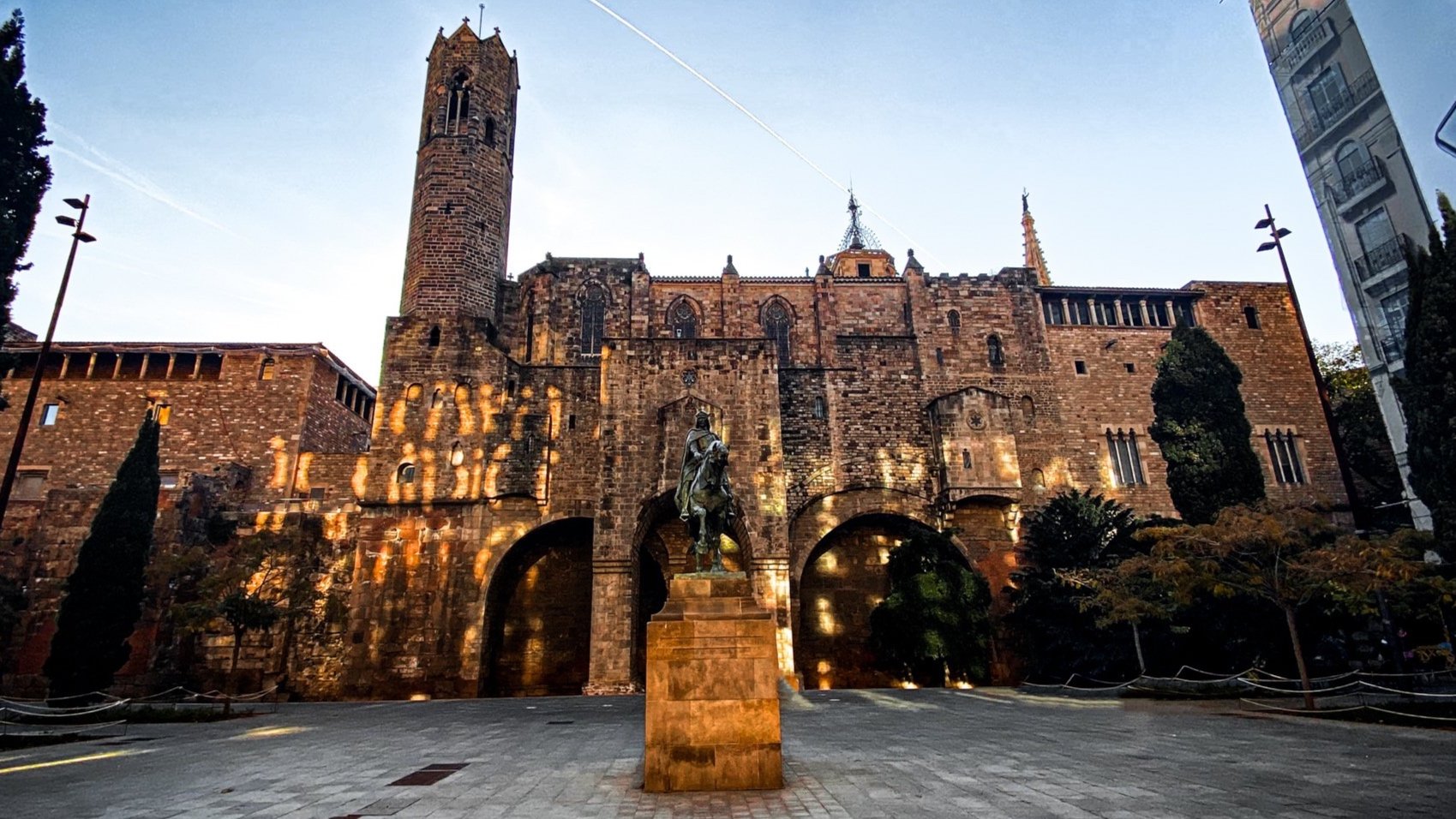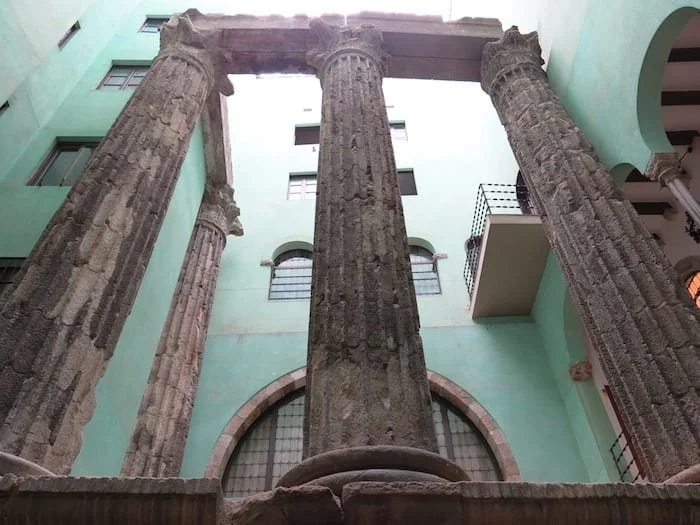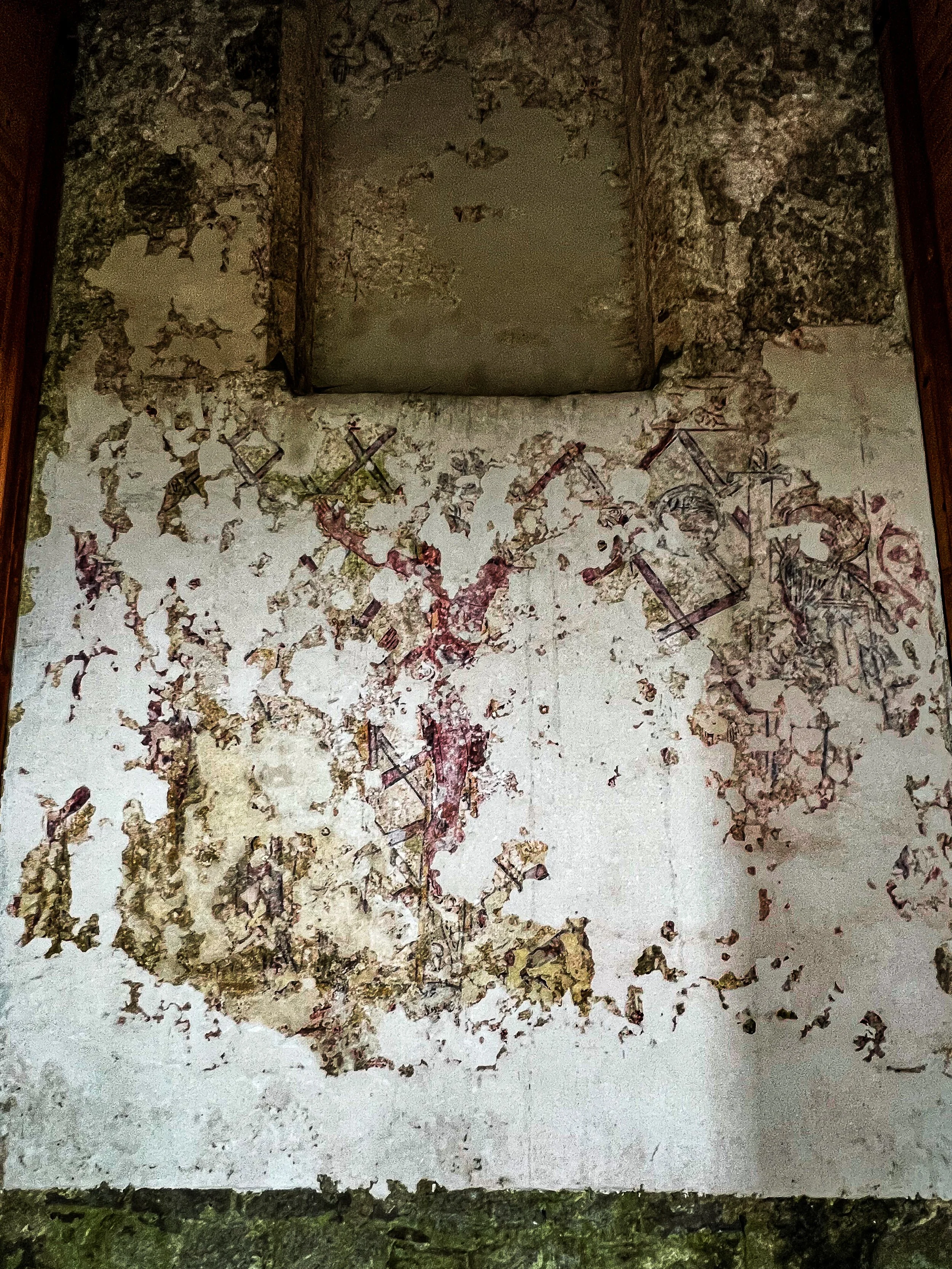
BARCELONA
Ancient Ruins
Carrer de la Palla, 16
“Barcino”
Although settlements in the area date back up to 5000 BC, the first official name for Barcelona was Barcino, established by the Romans around 13 BC. Founded as a settlement between two larger cities by the first wall built in the 1st century BC, it was later fortified by a second wall in the 3rd and 4th centuries. That wall had 76 towers, two of which still stand and make up part of the Placa Nova, seen left.
The History Museum Of Barcelona (MUHBA)
Unlike most museums, the MUHBA has a dozen locations and spans across the entire city, preserving and highlighting all of the important historical elements of Barcelona. All of the below locations are part of the MUHBA so you only need the one ticket to access all sites.
For more information for tickets and times, visit here.
Placa Del Rei
Placa del Rei, 7-9
This staircase is said to be the very location that King Ferdinand and Queen Isabel received Columbus when he returned from his voyages to the, alleged, Americas. It is enclosed by the Palau Reial Major one side and the old Roman wall on the other, on top of which is built the 14th century chapel of Santa Agata. On the other side is the Palau de Lloctinent and the Casa Clariana-Padellà, which houses all the archaeological remains of Roman Barcelona.
Temple Of Augustus
Carrer Paradis, 10
Demolished sometime after the 4th century AD, the temple lay in ruin until being uncovered in the 19th century by a construction team. The four pillars are extremely well hidden, sandwiched within a courtyard inside the MUHBA. Entry is free.
The Door Of The Sea
Regomir, 7-9
Just outside of the city stands the remains an original seaside entrance into Barcino. On either side of the gate were two thermal baths, originally built around the 1st century AD. There is also a pedestrian side gate and a large stretch of wall preserved inside the Pati Llimona building.
Roman Funeral Way
Pl. De la Vila de Madrid
What is now Funeral Way used to be a road between Barcino and Sarria. It was actively used as a grave site between the 1st and 3rd centuries AD until covered by river sediment over the years. A convent was built atop hundreds of years later, and only having been so severely damaged during the Civil War that the convent had to be moved, the necropolis was unearthed once more.
Domus Avinyo
C/ Avinyó, 15
This site boasts two homes, now museums of artifacts, and is located next to the Barcino wall and is dated between the 1st and 4th century AD. The buildings once belonged to important members of the city and were lavishly decorated. The wall paintings and tiled floors are still visible today.
Domus De Sant Honorat
Carrer de la Fruita 2
A home near the Roman forum, this was also a place owned by the wealthy, connecting to three other buildings such as a storage room and a storefront. It was later used as a grain silo site in the 11th century because of its proximity to the Jewish quarter.








